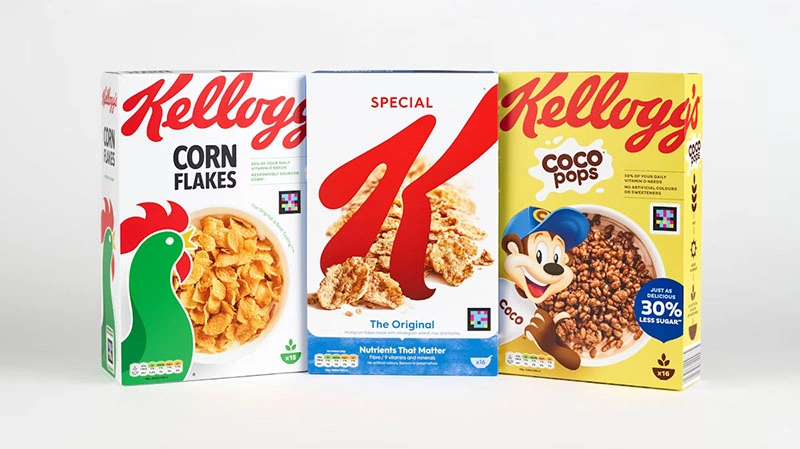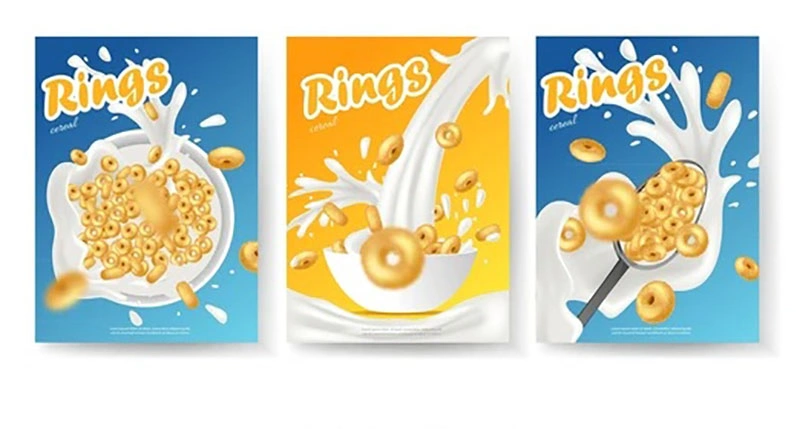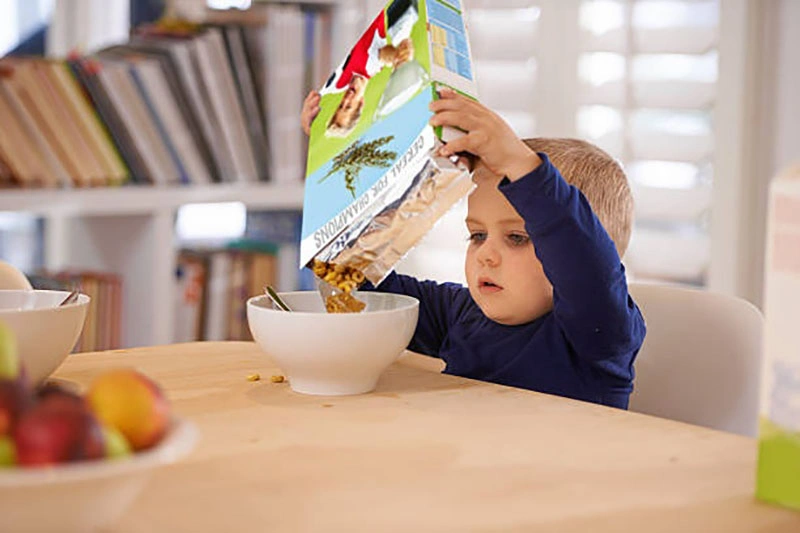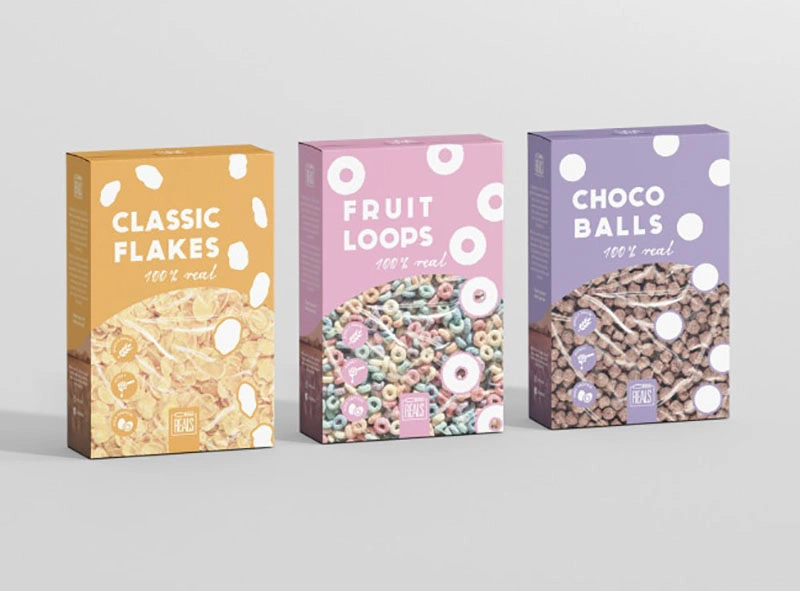
This article will answer your questions:
- What will be the top cereal box design trends in 2025?
- How can you make your cereal boxes more appealing to children and adults?
- What are some sustainable packaging options for cereal boxes?
- How to use cereal box design to increase sales and brand awareness?
- Where can I find resources for creating innovative cereal box designs?
Window packaging box
The biggest benefit of transparent packaging is that customers can clearly see the product inside. Window packaging allows consumers to see the grains, rice, millet, and other ingredients for any impurities. It also protects against moisture and mildew. These spout-style packaging can enhance consumer confidence in your product’s quality and ingredients.
Consumer insights: Surveys show that consumers are 60% more willing to purchase this type of packaging.
Back puzzle: every breakfast is fun

Make breakfast more interesting. The back of the box is designed as a puzzle to extend the time spent at the table through interactive games.
How to make: You can use spot color printing to print the puzzle on the packaging box, and use different themed patterns for each batch to encourage consumers to buy again.
Extra puzzle ideas
- Maze
- Crossword
- Connection game
- Word search
Cereal-to-Go cereal packaging

Fast and convenient packaging can meet the commuting needs of office workers. In order to save time, they are willing to pay a higher price.
How it’s made: Made from corrugated boxes or cardboard, it comes with a retractable spoon that inserts into the cereal for easy consumption.
Market Trend: Single-serve cereal cups with built-in spoons are expected to grow 15% over the next year.
AR packaging: an engaging digital experience

Enhance your packaging with AR. Print a QR code on the cereal box and embed AR games, such as animations, games, and comics, into the code.
AR application ideas
- Bringing Cereal Mascots to Life
- Daily Recipe Tutorials
- Creating Interactive Games
- Cereal Packaging Featuring IP Characters
Customizable cereal packaging

Elevate your cereal brand with a clamshell book-shaped packaging. This type of design is often used for high-end products, so you can try it on organic cereal products.
How to make: Use a two-piece magnetic closure with cardboard and print your logo and brand story on it. This design is also perfect for product launches.
Other cereal box design ideas
- Themed Holiday Sleeves: Quickly refresh old inventory with themed holiday sleeves to boost seasonal sales.
- Retro Packaging: Use vintage artwork and a matte finish to create a vintage feel, a favorite among older consumers.
- Glow-in-the-dark ink: This rare earth luminescent material absorbs sunlight during the day and continuously glows at night, creating a fun, interactive experience for children.
- Eco-friendly Boxes with Seed Sheet Attachments: Add seeds to the box via a label or attachment, and consumers might be inspired to plant them after breakfast.
Sustainable storytelling cereal boxes
Focus on creating packaging that tells a compelling story. Highlight your company’s commitment to sustainable development, highlight your specific environmental initiatives, and encourage consumers to care about our land and water resources.
How to Create: Use water-based or plant-based eco-friendly inks, sustainable packaging materials, and include your company’s sustainability story and a QR code linking to your website.
Sustainability Statistics: Over 60% of consumers say they are more likely to buy products that are sustainably packaged.
FAQs
Themed holiday sleeves are a quick and low-cost way to freshen up your inventory and boost seasonal sales.
Refer to the above ideas and designs to increase interaction with consumers and let them have more fun.
Conclusion
Cereal products are a highly competitive segment in supermarkets. We hope you’ll find inspiration in our ideas to help you stand out on the shelves and secure great sales. Contact us today to start your cereal box design project.
About XiangGe Package
With 10 years of experience in the packaging industry, we are your trusted partner to turn your creative cereal packaging ideas into reality. Get the best cereal box design solutions in no time.

